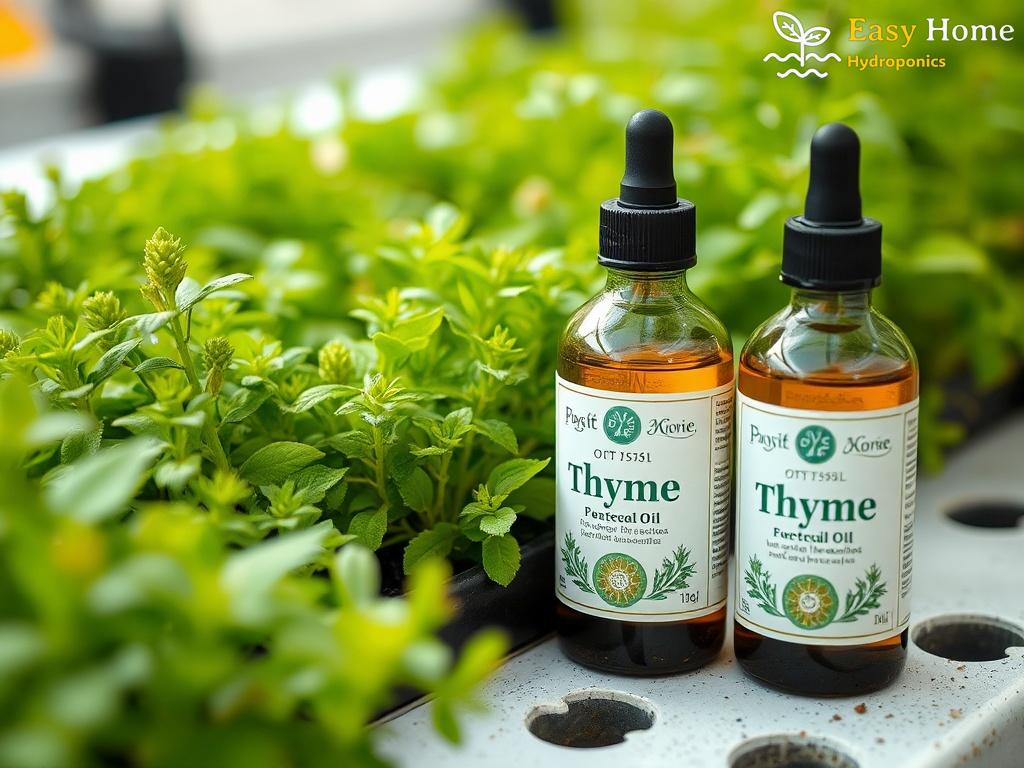The Role of Hydrogen Peroxide in Hydroponic Systems
Hydrogen peroxide (H2O2) is emerging as a significant player in the hydroponic gardening community, hailed for its multifaceted benefits. This chemical compound, a simple molecule with oxygen and hydrogen, is not just a common household disinfectant; it serves as a powerful tool for enhancing plant health in hydroponic systems. By understanding its applications and advantages, hydroponic gardeners can harness its potential to improve crop yield and overall plant vitality.
Benefits of Hydrogen Peroxide in Hydroponics
Utilizing hydrogen peroxide in hydroponic gardening can lead to numerous benefits. It acts as an oxidizing agent that can effectively eliminate pathogens and harmful microorganisms in the nutrient solution, thus promoting a healthier root environment. Furthermore, H2O2 oxygenates the water, facilitating better nutrient absorption and improving plant growth. Here are some key benefits:
- Enhances oxygen levels in nutrient solutions
- Reduces the risk of root rot and diseases
- Promotes faster growth rates
- Improves nutrient uptake efficiency
Application Guidelines for Optimal Results
Incorporating hydrogen peroxide into your hydroponic system requires careful attention to dosage and timing to achieve optimal results. It is crucial to use food-grade hydrogen peroxide, typically available in concentrations of 3% to 35%. Here are some recommended practices for applying hydrogen peroxide:
- Dilution: For general use, dilute 3% hydrogen peroxide to a ratio of 1:10 with water. For more concentrated solutions, adjust according to the manufacturer’s guidelines.
- Frequency: Apply every 1-2 weeks to maintain root health and prevent disease.
- Monitoring: Regularly check the pH and nutrient levels after application to ensure a balanced growing environment.




